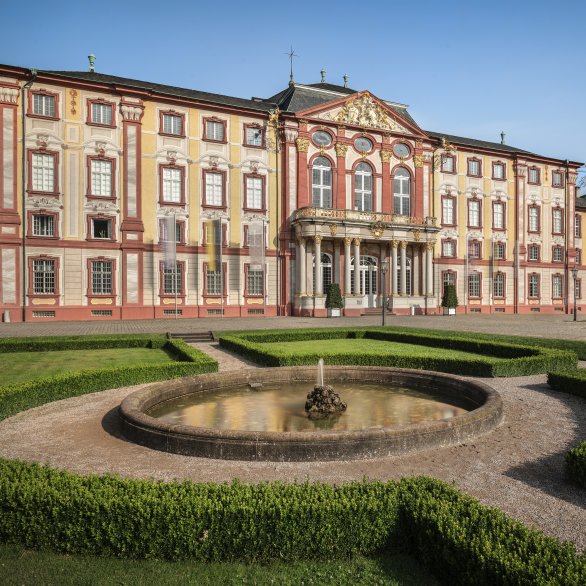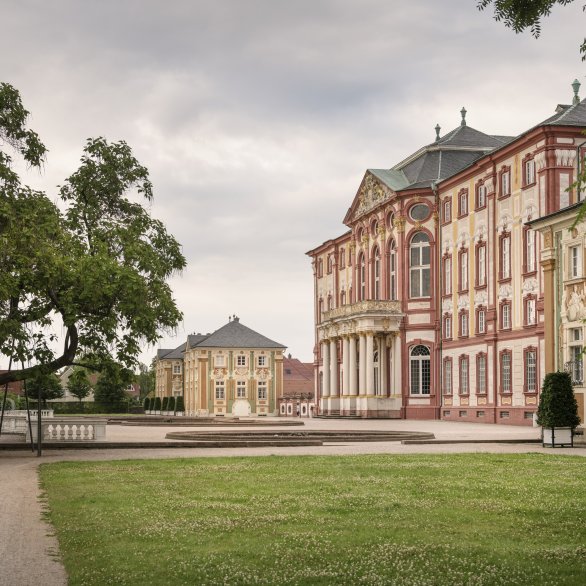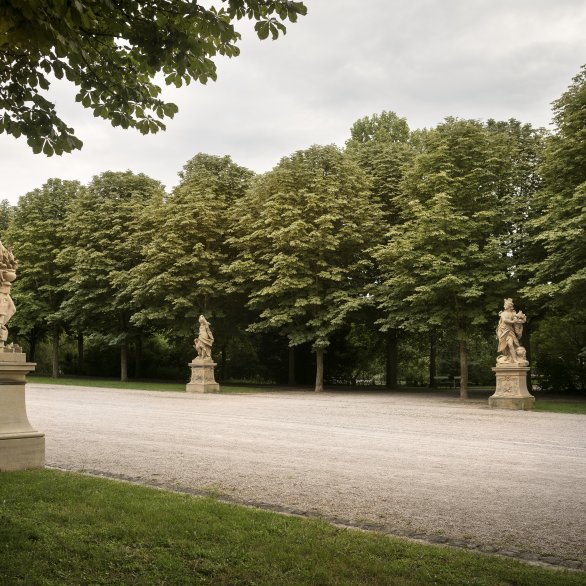Bruchsal Palace is the only religious Baroque residence on the Upper Rhine. The palace was built beginning in 1720 by Prince Bishop Damian Hugo of Schönborn, who made it the center of his absolutistic reign. In 1802 the residential palace came into the possession of the state of Baden. After 1832 the complex increasingly decayed and was not recognized as an ensemble valuable from an art history standpoint again until the late 19th century. Following the destruction of 1945, the palace is considered to be one of the greatest reconstruction efforts of the post-war decades today.
The reconstructed state rooms can be visited on guided tours. The permanent exhibition entitled "Bruchsal Palace, built, destroyed and raised again" (Schloss Bruchsal, gebaut, zerstört, wiedererstanden) informs visitors on the restoration work including the old handicrafts techniques employed in workshop scenes and work sequences. In addition, the German Music Machine Museum (Deutsches Musikautomaten-Museum) and the Museum of the City of Bruchsal are both located in Bruchsal Palace.
The reconstructed state rooms can be visited on guided tours. The permanent exhibition entitled "Bruchsal Palace, built, destroyed and raised again" (Schloss Bruchsal, gebaut, zerstört, wiedererstanden) informs visitors on the restoration work including the old handicrafts techniques employed in workshop scenes and work sequences. In addition, the German Music Machine Museum (Deutsches Musikautomaten-Museum) and the Museum of the City of Bruchsal are both located in Bruchsal Palace.


